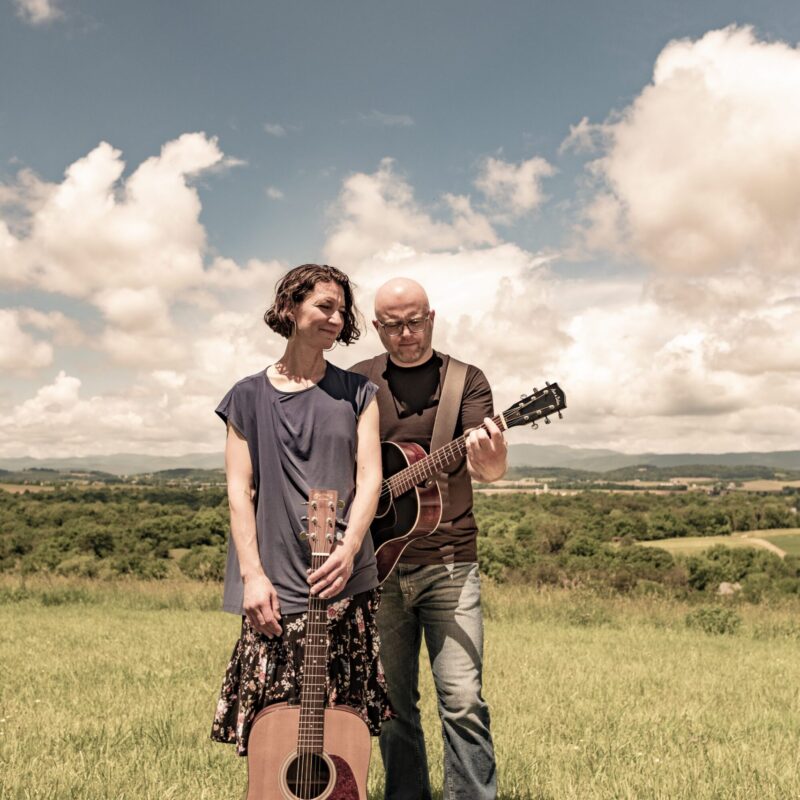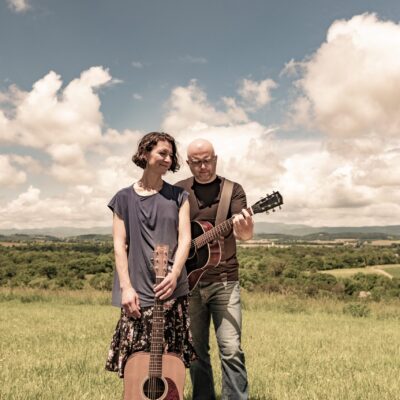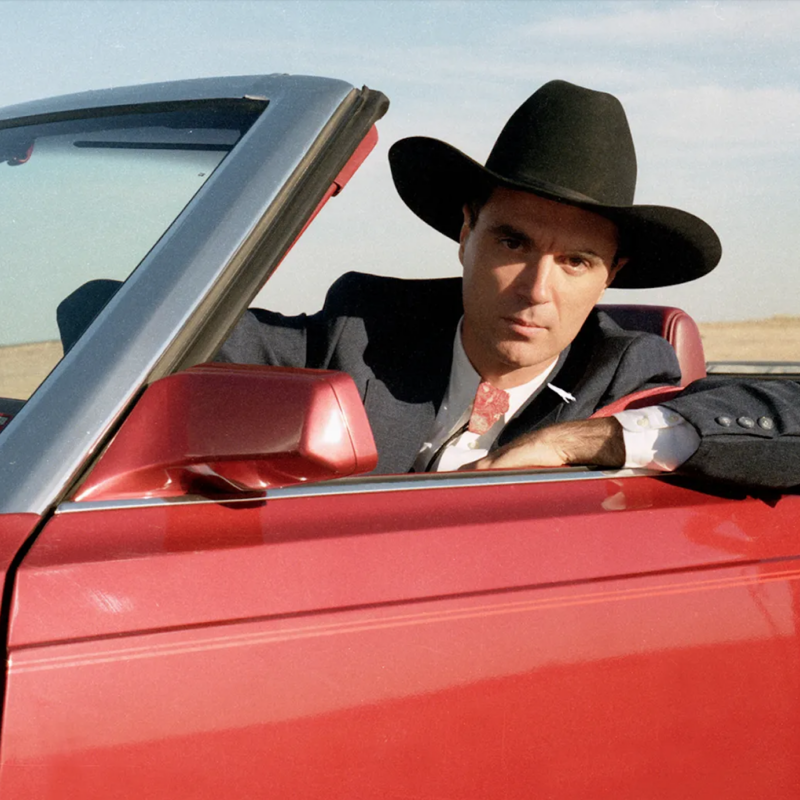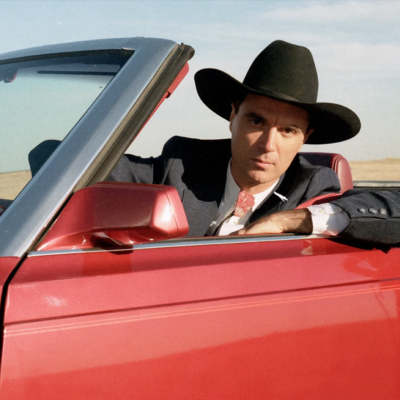Moments before the cameras roll tape, their red lights cueing "Charlottesville Inside-Out" host and local musician Terri Allard and her guest, Academy Award-winning filmmaker Paul Wagner, to start their interview, and the pair sits on a blue, oval couch, talking about the ease of digital video production. Allard makes a joke about losing digital data before the cameras flicker to life, then asks a question of one of the film crew inside Light House Studio.
"You’re not going to say ‘Roll ’em,’ right?"
"Nope," comes the response. "Whenever you’re ready."
With admirable ease, Allard runs through a few questions with Wagner about his first film efforts and the city’s pro-cinema climate. As Wagner speaks glowingly of Albert Maysles, a recent guest of the Virginia Film Society, two digital cameras frame their interaction, one stabilized on a tripod, one hand-held, mirroring the shoulder motions of its operator.
 One for the blooper reel: "Charlottesville Inside-Out" host Terri Allard and local filmmaker Paul Wagner get candid on the set of the new WHTJ show, set to premier on November 8. |
Maysles, a pioneer of unscripted documentary, would welcome any unplanned interruptions provided he could capture them on film. But Curtain Calls, fortunate enough to cover a taping of "Inside-Out," would rather not make a cameo. Scrawling "Will call next week to follow up," and showing his message to Community Relations assistant Rachael Kesler, Curt tiptoes behind cameras and out of the studio.
"We ended up taping for about another 15-20 minutes—a pretty long interview," says Kesler a few days later. "This one [with Wagner] was of such good quality that we might make it into one single, 30-minute segment." At her estimate, a single 15-20 minute segment may require as much as 15-20 hours of work.
Kesler has worked at WHTJ for roughly 18 months; her colleague, D.J. Crotteau, worked with her to produce "For the Record," a public affairs show that ran for 16 seasons on WHTJ. When the pair wrapped "Record" last year, they began speaking about local guests to feature on a new show, which would pair interviews with folks from the worlds of academics, athletics, nonprofits, arts and more in half-hour episodes. Interviews with the likes of author Beatrix Ost, Pavilion manager Kirby Hutto and Innisfree Village director Carolyn Ohle are planned; the first episode will feature Starr Hill brewmaster Mark Thompson and local SPCA director Suzanne Kogut, and will screen on Thursday, November 8 at 8:30pm.
Ctrl+Alt+eSc
Admittedly, Kiki is a strange place to host an art exhibit. The juice bar on the Downtown Mall is a tight fit and holds the hours of a restaurant, not a gallery; during the evening, the room is dark and the television screens are on. Kiki’s featured artist for October, Eric Sebastian Cross, stands with Curt outside the venue at a bit past 2pm and peers through the glass windows, pointing out his artist’s statement and a few older pieces along the bar’s walls.
Long before he began spinning music at Escafé on a weekly (soon to be twice-weekly) basis under the name "DJ eSc," Eric Cross was an artist, painting wild paths of color across canvases, selling work through an agent in Texas. Cross, now a graphic designer at the University of Virginia, moved to Virginia in 2001—San Francisco to Crozet to Belmont—and began spinning music over a year ago at Escafé; his art exhibit at Kiki is his first local show in a long time (his last shows took place at the long extinct Espresso Royale and at the Higher Grounds that once stood in Café Cubano‘s spot).
Cross’ paintings in Kiki are as unobtrusive as his location in Escafé, just inside the glass doors of the restaurant and bar, wedged into a corner, but each of Cross’ artistic endeavours makes a stronger impact when stumbled across accidentally. During the bulk of his set of music at Escafé the following Wednesday (from which CC emerges with six mix CDs), Cross meticulously digs through his music and hovers over his laptop. As the night gets later, however, people trickle onto the floor from their bar stools to dance, and Cross becomes a blur of black shirt and surfer hair behind them, suddenly given attention for his artistry. Several blocks away on the Downtown Mall, an errant bit of light catches his artist’s statement and paintings, illuminating them.
Ain’t no party like a VQR party
The staff of the Virginia Quarterly Review celebrated the magazine’s latest issue, "South American in the 21st Century," on October 17 in UVA’s Rotunda with a series of presentations from contributing journalists, including videos from Gabrielle Weiss and Kelly Hearn, a slideshow from Charles Lane, and comments from Jon Sawyer of the Pulitzer Center on Crisis Reporting and Daniel Alarcón, the issue’s guest editor. Despite the enormous cast, however, the forum proved quite short, as editor Ted Genoways took the microphone to inform attendees that another group had booked the Rotunda for the evening and the VQR party needed to conclude elsewhere.
A few minutes later, a majority of the crowd (and your resident lit-wit, Curt) reconvened at the VQR office on the West Range of the UVA Lawn. Alarcón, a young novelist and journalist with a head of early ’60s Bob Dylan hair, moved between pockets of people, distributing copies of his magazine, "Etiqueta Negra" ("black label").
Between mingling and exiting, Curt took time for a little tech talk with local web wizard Waldo Jaquith, who has worked as web developer for VQR for roughly two years. While the current VQR is a beauty to see in print, the website matches it, stroke-for-stroke—check it out at vqronline.org. And, while you’re at it…
A video based on J. Malcom Garcia’s "The White Train" from the Fall issue of VQR, produced by Pulitzer Center on Crisis Reporting. |





